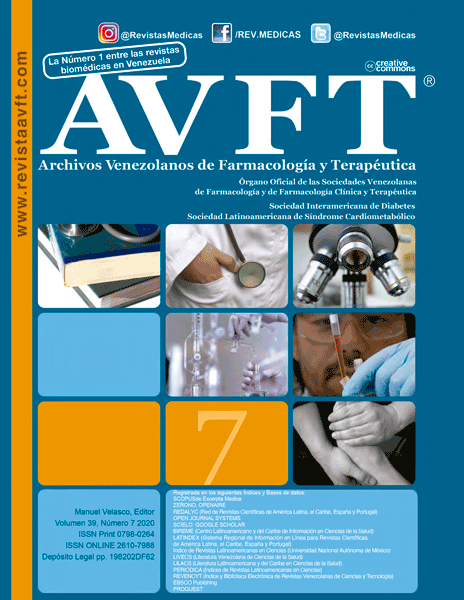The impact of traffic density on population health in the city of Kazan
Palabras clave:
Atmospheric Air, Public Health Risk Vehicles, MonitoringResumen
The growth of the vehicles’ number in the cities, the proximity of automobile traffic to residential areas, poor road maintenance and emission toxicity exacerbate the problem of the atmospheric air quality in the cities. Assessment of exposure to solid particles, РМ10 and РМ2.5 in the four districts was carried out based on average annual concentrations performed by “FSBI (Federal State Budgetary Institution) “Hydrometeorology and Environmental Monitoring Administration of the Republic of Tatarstan” (HEMA RT) and the Municipal Institution “Automated traffic control system” (MUE ATCS) at the Air Pollution Observation Stations (APOS) between 2015 and 2018. The risk assessment of the development of non-carcinogenic effects from pollutants contained in the air was carried out according to the total hazard index. According to assessment results, the total exposure to particulate matters РМ2.5, РМ10 and total dust (TSP) made the major contribution to the total value of non-carcinogenic risk: 46.2% - 80.3%. Organs of the respiratory system (RHI =9.76; 5.7; 8.86 and 15.28) are highly vulnerable to the risk of developing general toxic effects on chronical exposure to chemicals coming from atmospheric air. The calculation of the traffic intensity was performed during air sampling at the APOS. The results of the analysis showed the necessity of shifting the time of the atmospheric air status control at the APOS by 1 hour, which can result in compliance with the sampling time to a peak of traffic flow. The most reliable analytical tool for determination of priorities on managerial decision making is methodology of health risk analysis.




